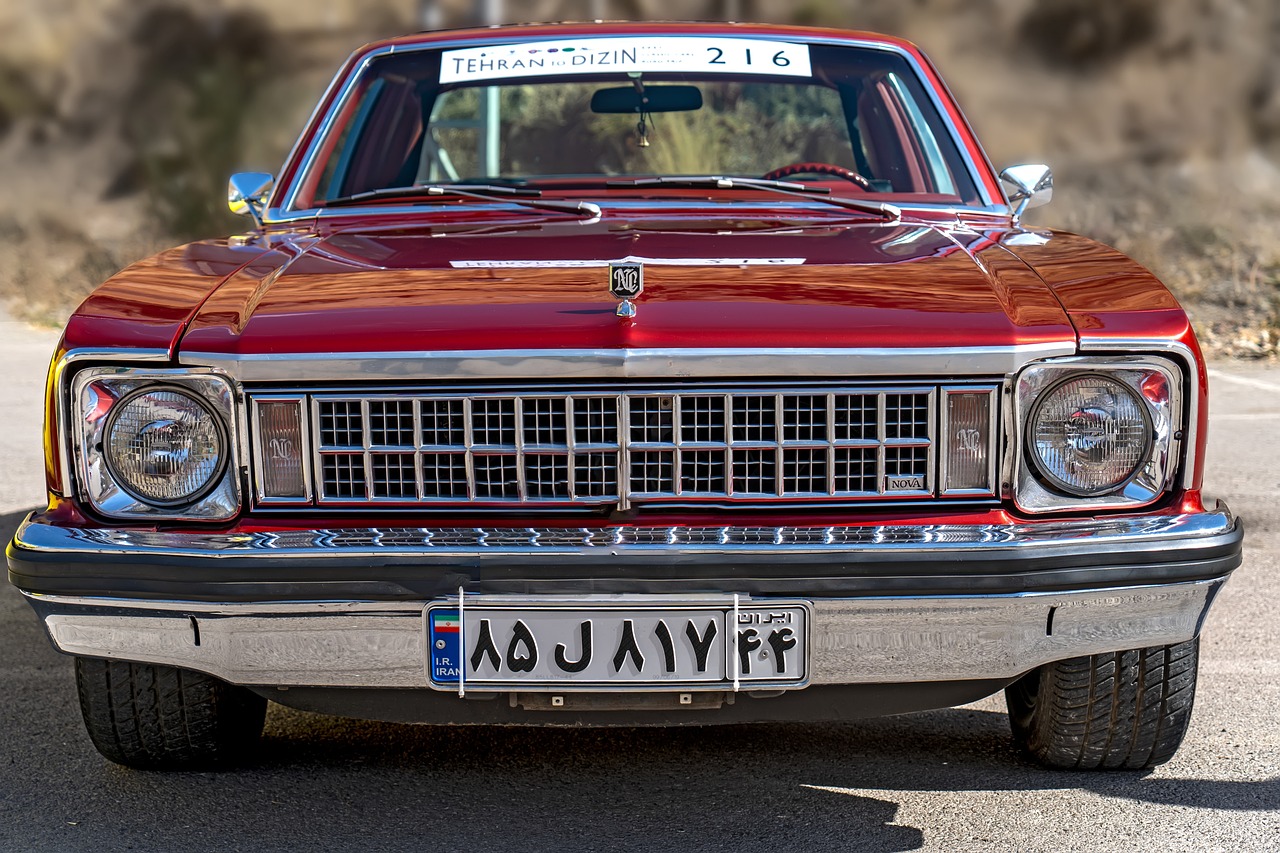The Psychology of Car Design: Understanding Consumer Preferences
When it comes to consumer preferences in car design, several key factors play a significant role in shaping individuals’ choices. One such factor is the overall aesthetics of the vehicle, including its exterior and interior design. Consumers tend to gravitate towards cars that are visually appealing, sleek, and modern in their design elements. Aesthetics not only contribute to the initial attraction towards a car but also reflect the individual’s personal style and taste.
Another crucial factor influencing consumer preferences in car design is functionality and practicality. Consumers look for vehicles that not only look good but also offer functionality that aligns with their needs and lifestyle. Features such as interior space, storage capacity, and comfort level greatly impact consumers’ decision-making process when selecting a car. Additionally, the convenience of technological advancements, such as smart connectivity options and user-friendly interfaces, has become increasingly important in the design of modern vehicles.
Impact of Color and Material Choices on Consumer Perception
Color and material choices play a significant role in shaping consumer perception when it comes to car design. The colors and materials used in the interior and exterior of a vehicle can evoke certain emotions and preferences among consumers. For example, sleek metallic colors may convey a sense of modernity and luxury, while earthy tones can give off a more rugged and adventurous feel.
Furthermore, the quality of materials used in a car can greatly impact how consumers perceive the overall design and build of the vehicle. High-quality materials such as leather and wood trim can elevate the perceived value of a car, while cheap or poorly chosen materials can detract from its appeal. Consumers often associate certain materials with luxury, durability, or eco-friendliness, making it crucial for car manufacturers to carefully consider their color and material choices to align with consumer preferences.
The Role of Brand Image in Shaping Consumer Preferences
Brand image plays a crucial role in influencing consumer preferences when it comes to purchasing a car. Consumers often associate certain brands with specific values, lifestyles, and perceptions. This association can significantly impact their decision-making process when selecting a vehicle.
Furthermore, a strong brand image can convey quality, reliability, and prestige. Consumers are likely to lean towards brands that align with their own self-image and aspirations. A well-established brand with a positive reputation can instill confidence in consumers and enhance their perception of the overall product offering.
What are some key factors that influence consumer preferences in car design?
Some key factors include aesthetics, functionality, comfort, technology features, safety features, and eco-friendliness.
How do color and material choices impact consumer perception?
Color and material choices can evoke certain emotions and associations in consumers. For example, sleek metallic colors may be associated with luxury, while earth tones may be perceived as more environmentally friendly.
How does brand image play a role in shaping consumer preferences?
Brand image can influence consumer perceptions of a product’s quality, reliability, status, and overall value. Consumers may be more inclined to choose a product from a reputable brand with a positive image.







